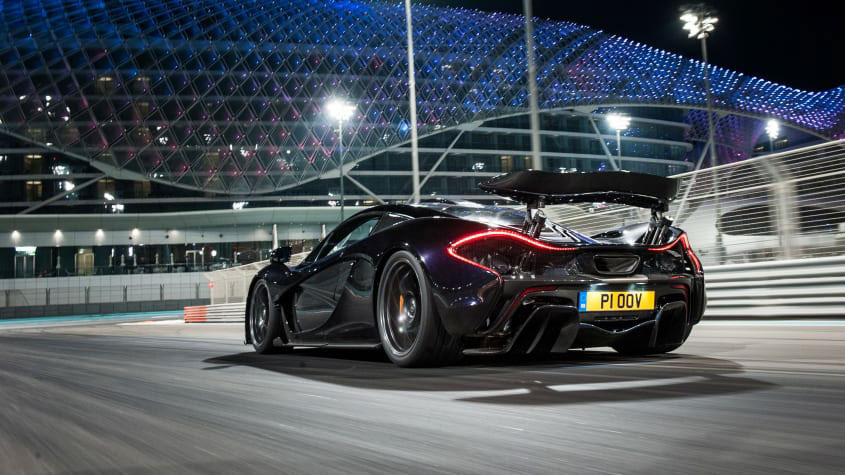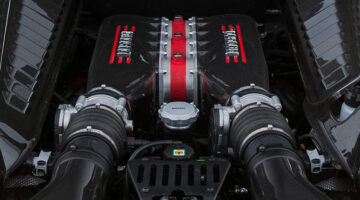F1’s Drag Reduction System assists overtaking manoeuvres, but how does it work and can it be used on road cars?
Is there anything quite as exciting as a perfectly executed overtaking manoeuvre? Seeing two drivers alongside each other seemingly millimetres apart at speeds approaching 322kph takes your breath away. Senna versus Mansell at the 1991 Spanish Grand Prix with sparks flying has to be right up there as one of the most iconic Formula 1 images of all time, but during the noughties this type of excitement was becoming a thing of the past.
Aerodynamics was king and the cars’ big wings lead to dirty air zones behind them with a consequent reduction of downforce for a following car. Drivers simply couldn’t get close enough to attempt those Mansell-esque manoeuvres. Not wanting to rip up the rulebook, F1’s big wigs needed a solution that would make it easier for drivers and bring back some on-track overtaking. Enter the Drag Reduction System, more commonly know by its DRS acronym.
Introduced in 2011, essentially it was an adjustable rear wing that could be operated by the driver in order to facilitate overtaking. In operation, it reduced drag by opening up a section of the rear wing, allowing the car to increase its maximum velocity compared to the one in front by up to around 10kph.
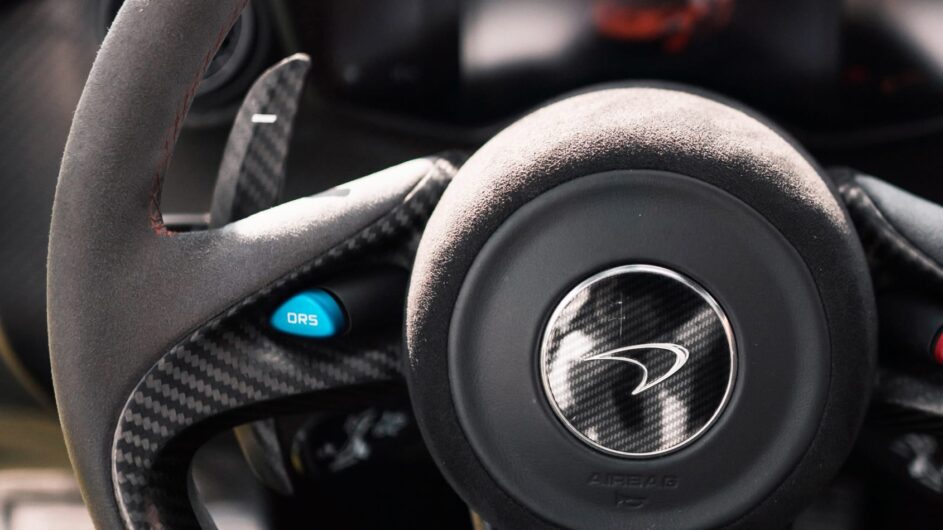
Drivers weren’t given carte blanche though, and it could only be used at certain places on each circuit, and only when two cars were in close proximity. To start with it was limited to one section of each track. However, in following seasons it could be deployed in two or three places, but in order to use it the following car had to be within one second of the car leading it. Drivers were given an alert as to when they could deploy the system and open the flap by pressing a button on the steering wheel.
The rules over its construction and design were strictly governed, with the final design allowing a flap on the rear wing to be opened by 50mm, causing some to liken the DRS to a letterbox that could be opened and closed. In case of a failure of the DRS, a failsafe was designed into the system which would see the flap close due to the air flowing over it.
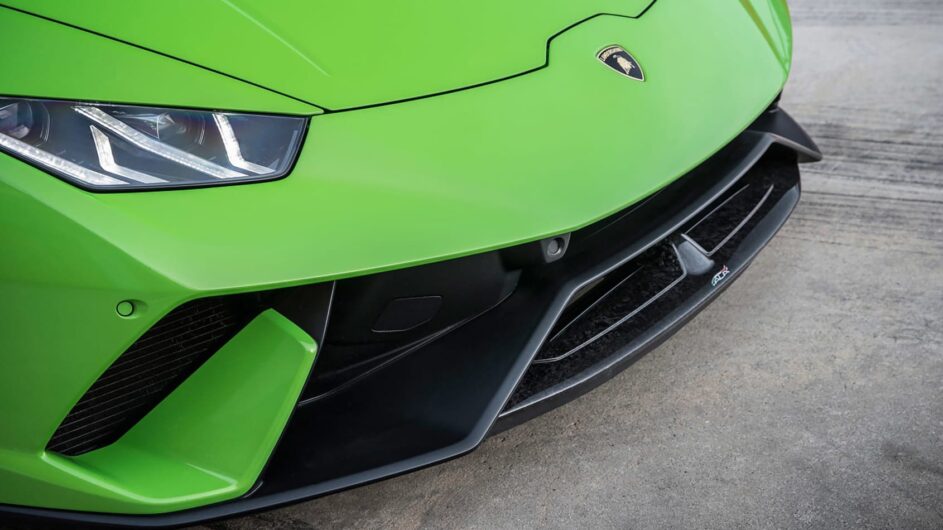
When DRS was introduced, the F1 world experimented with various ways to actuate the rear wing’s letterbox, with either electric motors or hydraulic activation proving the most popular, but eventually the hydraulic method was almost universally adopted. Given there were many other hydraulic set-ups on the cars – not least the gearbox – it was relatively simple to add hydraulic actuation of the rear wing. Additionally, with weight being a crucial consideration in F1, hydraulic actuation of the DRS added the fewest number of kilos. When adopted in some other formulas, electric operation has often been used.
As the top end of the supercar and emerging hypercar categories became ever more sophisticated – and increasingly mindbogglingly fast – it was thought that DRS systems would filter down onto road cars, and while there have been one or two instances, the simple fact is that machinery that’s designed to be driven on the public highway doesn’t really need a system that makes it easier to overtake rivals at high speed. That’s not to say that manufacturers aren’t becoming increasingly innovative, and here’s our rundown of three of our favourite road car aerodynamic set-ups.
McLaren P1
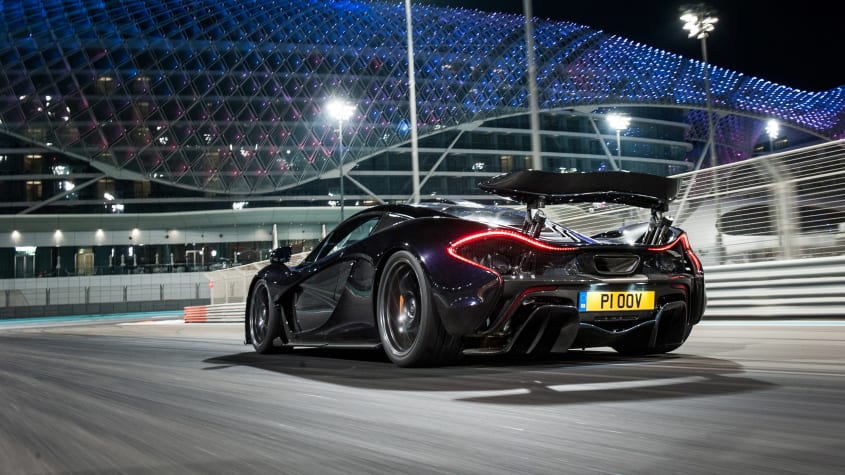
McLaren’s successor to the iconic F1 is a technological tour de force in so many areas, but it’s perhaps the closest we’ve got to an F1-style DRS system in a road car, albeit a rather expensive one. One of the most important aspects of the P1 was its aerodynamic shape, and its adjustable rear wing sits flush with the bodywork until it’s required to add some downforce. It can extend by 120mm on the road and by 300mm when in Race mode, when it adds up to 600kg of downforce.
While this is done automatically with active aero, the P1 does have one last trick up its sleeve: an F1-style DRS system. Speed is increased by reducing the amount of drag on the rear wing, and while an F1 car achieves this with a moveable flap on the rear wing, on the P1, DRS reduces the angle of the rear wing to zero. It’s operated by a button on the steering wheel, and takes approximately half a second to flatten the angle of the rear wing. With DRS enabled, the level of drag is reduced by 23 per cent. It automatically deactivates when the button is released, if the driver touches the brakes or if steering input is detected.
Ferrari 488
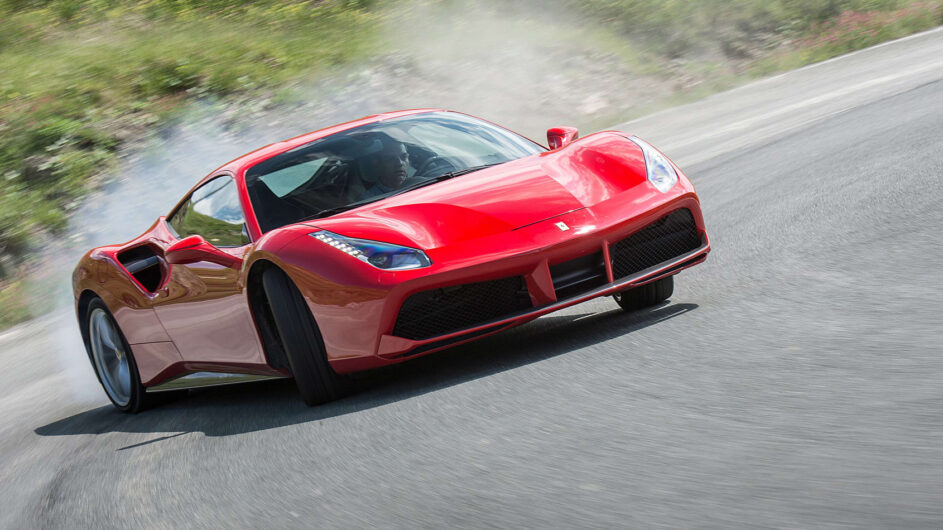
There’s no getting away from the fact that the Ferrari 488 Pista is a hugely handsome car, and what’s perhaps most impressive is that it’s very aerodynamically efficient, despite lacking the sort of addenda you’d normally associate with a machine capable of generating high downforce. And at 250kph the Pista’s clever shape adds a not insignificant 325kg of downforce.
At the front it has an aero pillar along with a two-part spoiler and a flat underbody with curved fins, but it’s at the rear that it’s particularly clever. The air intakes ahead of the rear wheels obviously look after engine cooling and directing a flow of air to the intercoolers, but they also send air through the body, exiting through the rear panel either side of the blown rear spoiler. But it’s the rear diffuser that’s perhaps the pièce de résistance – it has a flap that lowers to bypass the diffuser when at speed, thus reducing drag. It even has a DRS telltale light on the dash to tell you when it’s engaged.
Lamborghini Huracán Performante
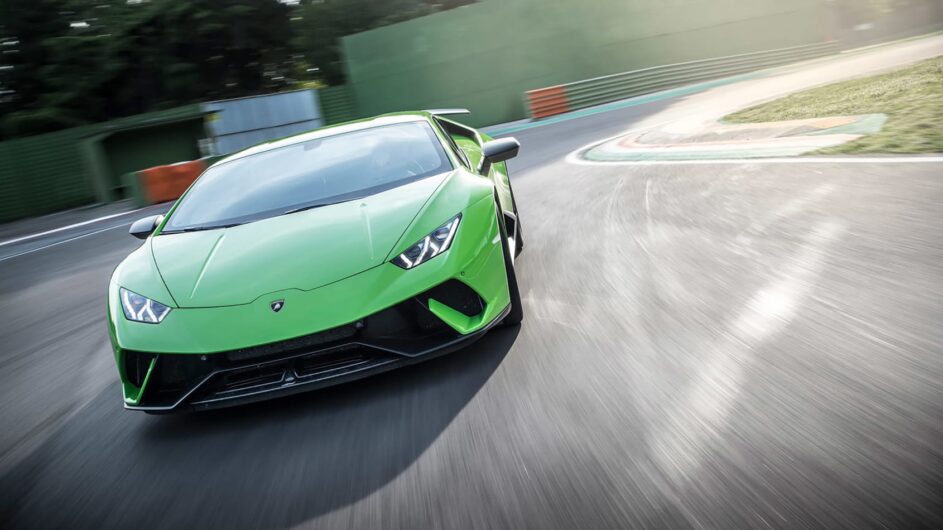
Manufacturers love an acronym, and in Lamborghini’s case its clever use of aerodynamics is known as ALA, or Aerodinamica Lamborghini Attiva. It uses hinged air flaps controlled by electric motors within its front spoiler and at its rear wing in order to increase downforce or reduce drag depending on the circumstances.
When downforce is needed, the flaps within the front spoiler assembly remain shut, creating drag, and downforce, over the front axle, but at higher speeds they’re allowed to open, allowing more air to flow under the car, thus reducing drag to the benefit of acceleration and higher speeds. Similarly, at the rear there are a pair of air channels that contain electrically operated flaps. When higher downforce is required the flaps stay closed, allowing air to flow over the rear wing to prevent lift, yet when they are opened they disturb airflow over the spoiler to reduce its effectiveness, thereby increasing top speed. It’s a simple but effective system, and the use of the electric motors adds very little weight and they can be opened and closed in just 0.2sec.
As an additional party piece the flaps at the rear can operate independently when cornering, increasing drag on the inside rear wheel which, theoretically, should lead to less steering input and increased agility. Clever stuff, inde
This article originally appeared at evo.co.uk
Copyright © evo UK, Dennis Publishing

